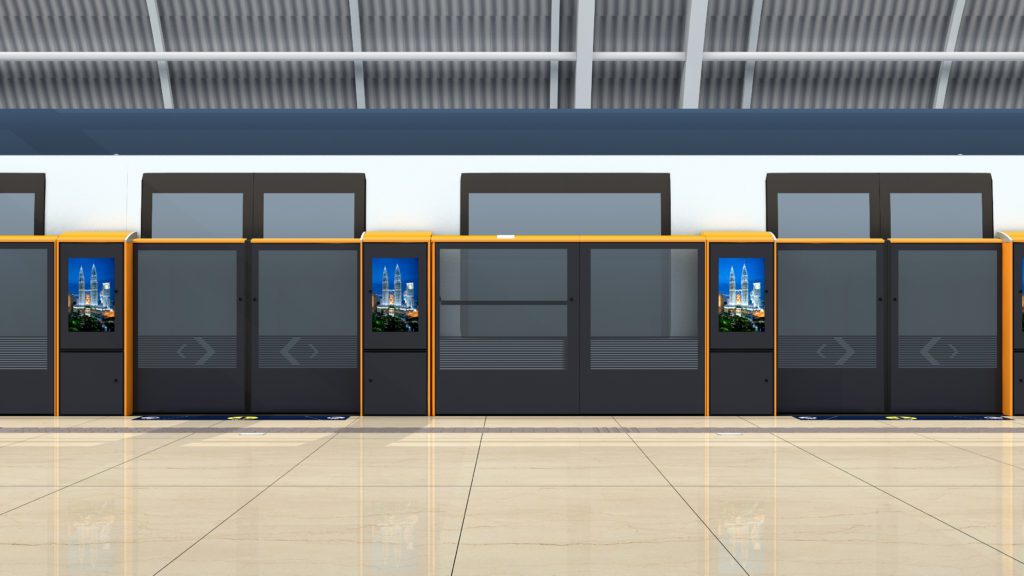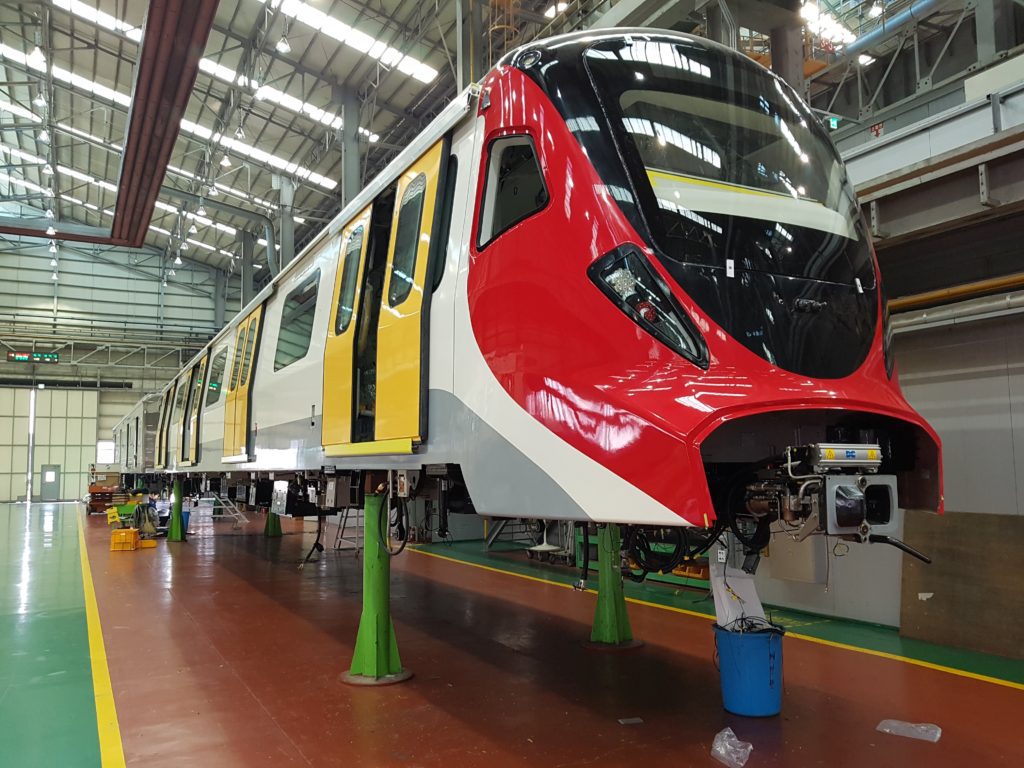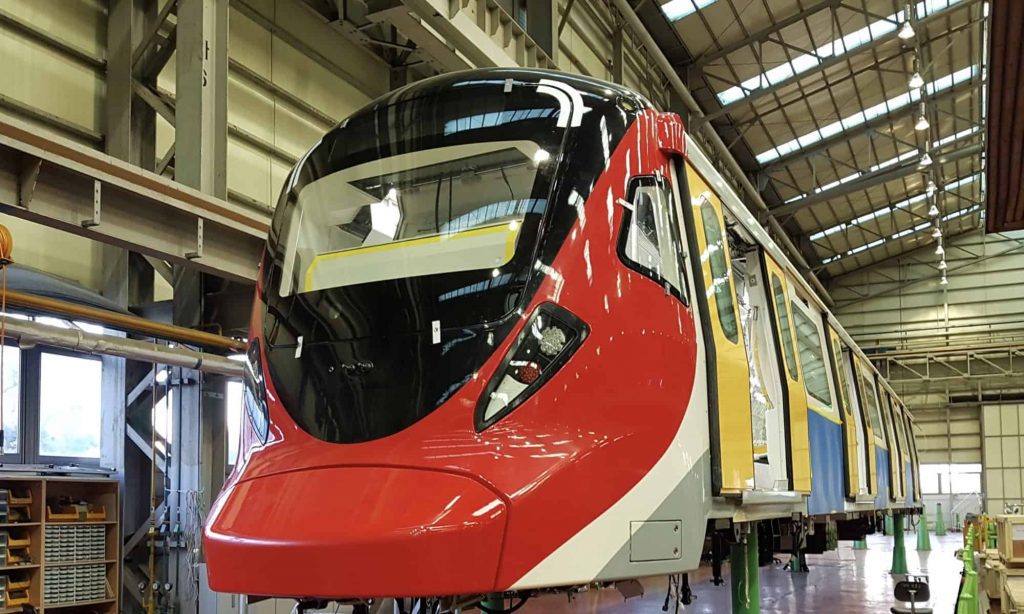A train that drives itself may not be much of a novelty in most metropolitan cities, but with only two fully automated rapid transit train services- the LRT and MRT operating in Malaysia, we are just scratching the surface on all the perks that train automation has to offer. What’s so great about the MRT fully automated and driverless trains?
Enhanced safety
The overarching criteria for all MRT train designs is safety, after all, it’s good business to keep your customers safe! While some might be wary about taking a train without a driver, rest assured, each train is being remotely monitored from an Operation Control Centre and Station Control Rooms where staff are actively looking out for any operation abnormalities.
As to the possibility of passengers straying unto train tracks, we’ve got that covered with our Automatic Platform Gates on Elevated stations and Platform Screen Doors at Underground stations. These are sliding door-like barriers which only open when the train arrives.

All MRT train operations are systemised and will be rigorously tested up to more than a year to ensure the safety critical processes are in place. The ability of the trains to be guided onto the correct track, to stop accurately at destined positions and avoid crashing into other trains or obstacles are some of the added advantage that train automation technology gives. This has allowed us to eliminate many human related shortcomings, such as fatigue or plain carelessness, which has long plagued the history of railway accidents.
Increased reliability and efficiency
Just like how the train’s self-driving function enhances its operational safety by eliminating human errors, going automated also manages the human unpredictability and operational glitches that can arise from it.
To prevent any service disruption, an Integrated Control and Supervisory System is live round the clock, troubleshooting for any operational abnormalities and alerting the maintenance team in real time. In the event of a power breakdown, the MRT system also has multiple power supply points and back up equipment to mitigate any service disruption.
All these are in place to ensure that come what may, our riders will get to their desired destinations with no fuss.
Maintenance friendly
Overseeing the maintenance and serviceability of 107 numbers of train fleets (with both the MRT SBK Line and MRT SSP Line combined) is quite a mindboggling feat! Which is why a Computerized Maintenance Management System is introduced to consolidate the railway assets and maintenance history in one database.
Another feature of our MRT trains is that all the equipment is designed in modular forms, allowing replacement or repairs works to be conducted with relative ease and minimal disruption to overall train services.

Greener: conserve and re-generate power
MRT riders, congratulations for already doing a lot for Mother Earth when you chose to take the train over cars! There are other lesser known green features about our MRT trains. Apart from the fact that the MRT train operations are carbon emission free, they are also able to regenerate electricity via its Traction Energy Recovery System. Whenever the train brakes, about 25% of its traction energy is recovered. This is either transferred to energize other trains or station equipment.
It is simply the only way to go!
Both the MRT SBK Line and MRT SSP Line network serve a population corridor of 2 million people with a service frequency of only a few minutes between trains for an average 18 hours of operation – Every. Single. Day. Say just one train breaks down, no amount of human brains put together would be able to within a split second, reevaluate the situation and develop the next best remedial action to mitigate the schedule breakdown.
This is why an automated train operation is instrumental to the MRT’s operation, simply because it allows all the points mentioned above to seamlessly flow together while reducing the demands for a large ground staff volume. In conclusion, automated trains are safer, more reliable, maintenance friendly, and ‘’greener’. Phew, we’ve surely come a long way from the days of whistling train brakemens’!

